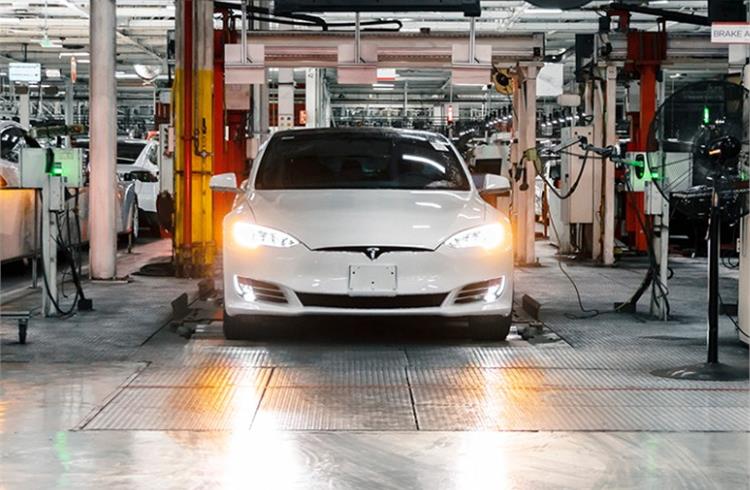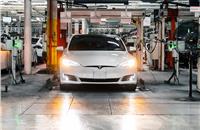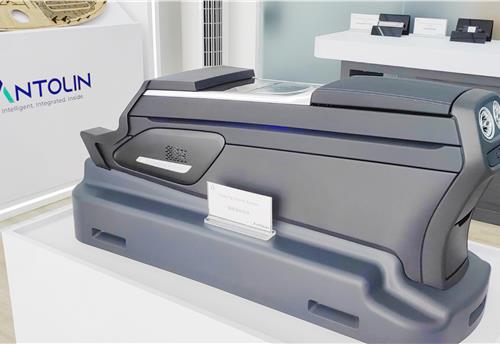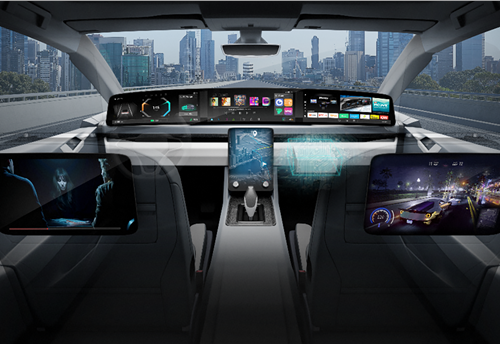Tesla’s Model S Long Range Plus first electric car with 400-mile EPA rating
Latest engineering updates deliver nearly 20% range increase from a 2019 Model S 100D with the same battery pack – all of 402 miles / 659 kilometres.
Battery technology and charging infrastructure is constantly improving, quickly turning EVs from niche vehicles into a viable replacement to combustion-engined cars. But how far you can drive between top-ups is still a valid concern.
Manufacturer range estimates vary wildly, and aren’t always achievable in everyday driving conditions – so how far can you really go on a single charge?
Now Tesla says its Model S Long Range Plus can go farther than any other EV on the planet—and keep going with access to one of the largest charging networks in the world. Its latest engineering updates have resulted in a nearly 20 percent range increase from a 2019 Model S 100D with the same battery pack, a significant achievement – all of 402 miles / 659 kilometres.
The Model S Long Range Plus has recently received EPA’s first official range rating of over 400 miles / 656 kilometres for an electric vehicle.
This significant achievement, according to Tesla, has been realised through several changes, both iterative and transformational, in core hardware and system architecture development by the Tesla engineering, design and production teams. These changes went into production earlier this year when the EV maker first started manufacturing Model S Long Range Plus at its factory in Fremont, California. All Model S Long Range Plus vehicles will receive the new 402-mile rating.
What helped deliver extra range
Mass is the enemy of both efficiency and performance, and minimising the weight of every component helps mileage. Several lessons from the engineering design and manufacturing of Model 3 and Model Y have now been carried over to Model S and Model X. This has unlocked new areas of mass reduction while maintaining the premium feel and performance of both vehicles. Additional weight savings have also been achieved through the standardisation of Tesla’s in-house seat manufacturing and lighter weight materials used in our battery pack and drive units.
New 8.5 inch-wide aero wheels reduce aerodynamic drag compared to the previous wheels on Model S Long Range, and when paired with a new custom tyire specifically engineered to reduce rolling resistance, add a 2% improvement to overall range.
In the rear AC-induction drive unit, Tesla replaced the mechanical oil pump with an electric oil pump that optimises lubrication independent of vehicle speed to reduce friction. Further improvements to the gearbox in the front permanent magnet synchronous reluctance motors shared with Model 3 and Model Y have resulted in a further increase of 2% more range while driving on the highway.
Also, a new drive feature, HOLD, blends the motor’s regenerative braking with physical brakes to bring the car to a stop by easing off of the accelerator pedal. To bring the car to a stop smoothly, regenerative braking now works at a lower speed and deceleration rate, sending more energy back to the battery pack.
RELATED ARTICLES
Antolin unveils sustainable tech solutions at Beijing Motor Show
In line with its China market roadmap, Antolin is showcasing its latest advances in lighting, HMI, electronics, and sust...
Visteon wins $1.4 billion in new business in Q1 2024, launches 26 new products
Digitisation of vehicle cockpit megatrend is a key growth driver for Visteon with over $400 million of displays wins; Vi...
BMW uses Catena-X ecosystem using real-world CO2 data to enhance quality
Working together with partners and suppliers, the company has modelled a complete data chain for the first time using re...





 By Autocar Pro News Desk
By Autocar Pro News Desk
 18 Jun 2020
18 Jun 2020
 18288 Views
18288 Views












